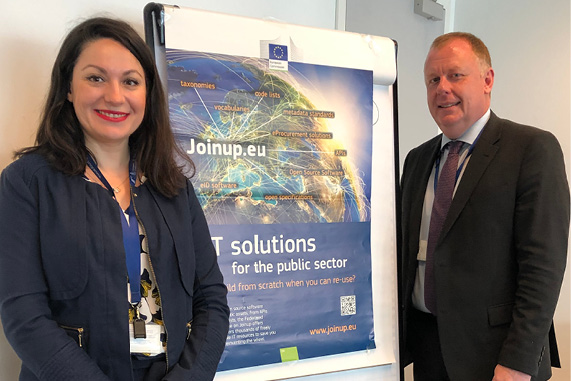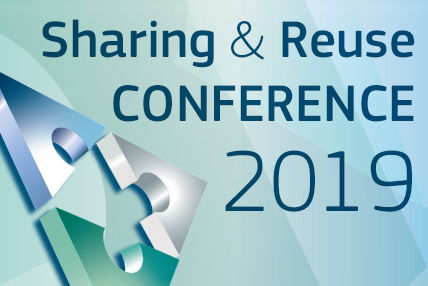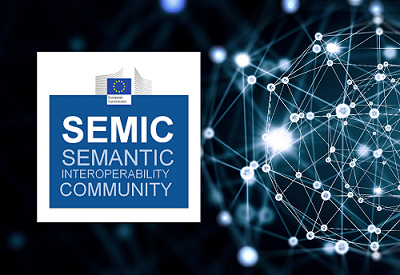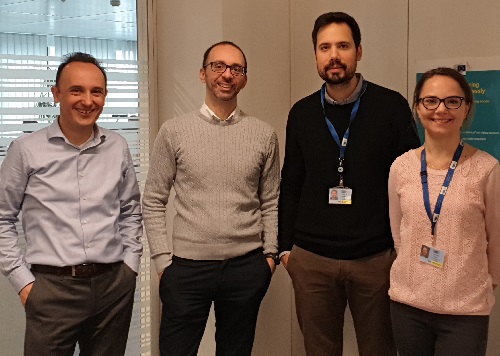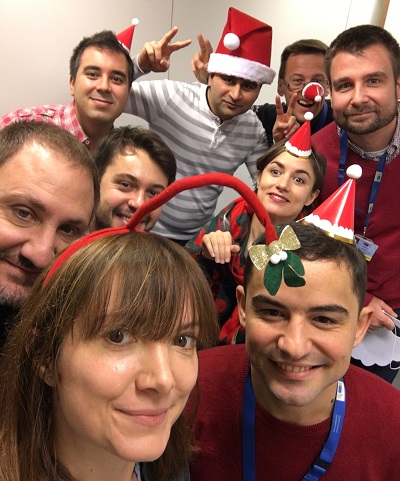Fidel Santiago, Programme manager for the ISA² Programme, Interoperability Unit, Directorate General for Informatics, European Commission
According to the Oxford dictionary, ‘space’ can have various meanings, such as ‘a continuous area or expanse which is free, available, or unoccupied’ or ‘the freedom to live, think, and develop in a way that suits one’. Both definitions can give us an idea on what trans-European data spaces may represent in the context of digital public services: a series of continuous areas available to use and to experiment with interoperable cross-border digital public services. These spaces also provide the freedom to develop innovative and pioneering digital public administrations. This year at the SEMIC conference, we would like to explore the link between semantic interoperability and trans-European data spaces and their benefits for Europeans.







